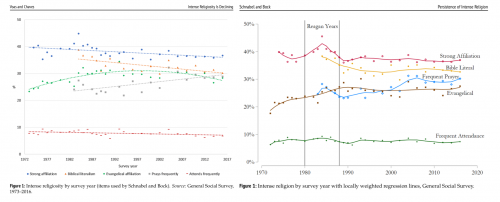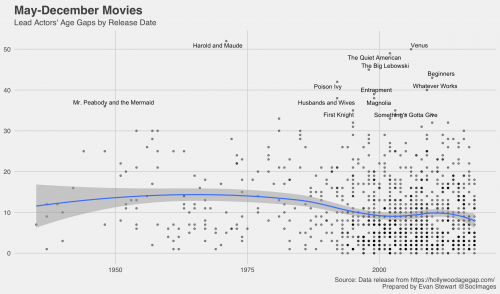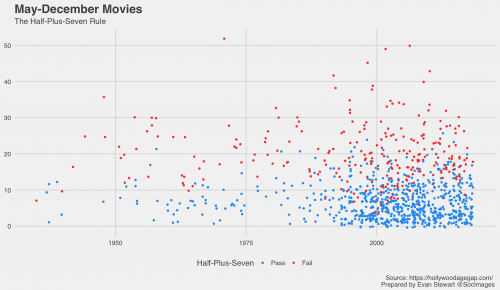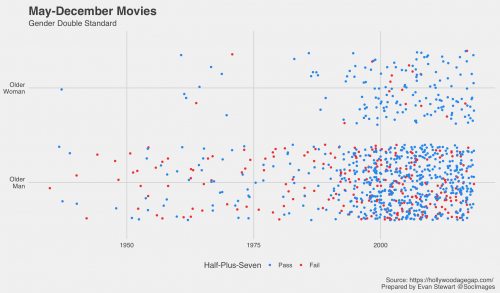Over the past few years, Chris Pratt has been more public about his faith in interviews, award speeches, and social media. A few days ago, Ellen Page raised questions about Pratt’s church advancing anti-LGBT views. Pratt has ties to both Zoe Church and Hillsong, evangelical churches that are well-known and influential in contemporary Christianity.
My work doesn’t usually dovetail with celebrity gossip, but this case caught my interest because it raises questions about whether we can or should ask people to justify the political work of their religious groups. Thanks to research in the sociology of religion, we know how political attitudes spread through faith groups, and this can help us make better sense of the conversation.

There is good reason to expect people to have their own beliefs that might differ from their church leadership. Research across the social sciences shows that people generally aren’t consistent in the way they express their religious beliefs in everyday life. Also, churches are not often clear about where they stand on these issues. According to reporting in The Huffington Post,
Zoe’s official stance on LGBTQ issues is unclear, according to Church Clarity, a crowd-sourced database that scores churches based on how clearly they communicate their policies on LGBTQ people and on women in leadership. George Mekhail, one of Church Clarity’s founders, told HuffPost he suspects that the ambiguity some conservative Christian churches have around their LGBTQ policies could be intentional.
That last part of the quote gets at the most important sociological point. In these church contexts, people don’t usually get their politics straight from the pulpit. Research on evangelical congregations shows how most of the political socialization in church life comes from lay leaders and fellow members who model their political views for new members. If church leaders want to advocate for a pro-life, anti-LGBT, or other policy agenda, they often don’t have to do it explicitly. The laity has already taught newcomers that this is how “people like us” vote.

We also have to consider Pratt’s status as a celebrity congregant. Regardless of his personal views, religious organizations have long taken an interest in cultural influence and worked to foster connections with important social networks in politics, business, and the entertainment industry to legitimize and advance their social agendas.
It might seem unfair to call out a single person for the agenda of an entire church organization. On the other hand, as a sociologist, I come to this debate less interested in what’s in any single person’s head or heart. I’m more interested in where they are in relation to everyone else and what those relationships do. The conversation from Page reminds us that It’s not necessarily about what a person believes, but about what they legitimate with their platform and presence.
Evan Stewart is an assistant professor of sociology at University of Massachusetts Boston. You can follow his work at his website, or on BlueSky.




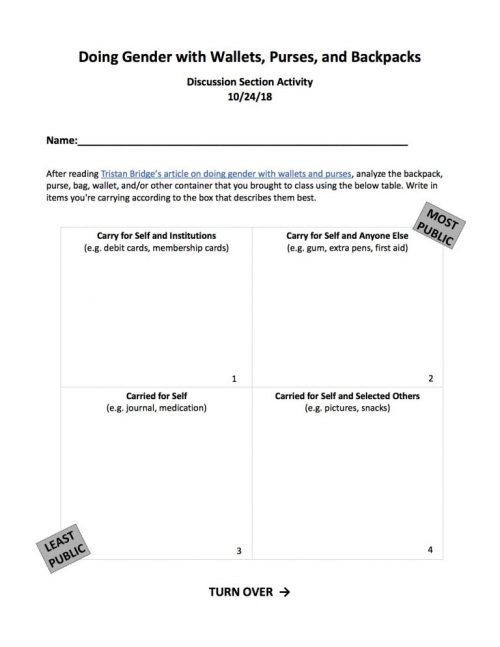



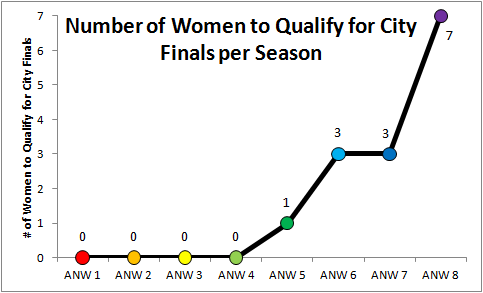
/cdn.vox-cdn.com/uploads/chorus_image/image/49994069/Screen_Shot_2016-06-30_at_10.05.58_AM.0.0.png)
